
Culturally Responsive Teaching: Ensuring ALL Students Learning & “Ready for Rigor”
Children grow into the intellectual life around them.
– Lev Vygotsky

INTRO
Culturally responsive teaching (CRT) is often and understandably confused with other educational practices and models such as multicultural education, trauma-informed practices, social justice, etc. However, with an understanding of what CRT actually is (and isn’t), you will quickly discover what you’re already doing well for your students and better incorporate even more effective CRT practices throughout their school day to ensure equitable learning for all students.
These resources created from Zaretta Hammond’s work are a good place to start learning about and applying CRT in your school.
OBJECTIVES
- Understand what culturally responsive teaching (CRT) is AND is not
- Identify ways in which CRT is already applied at your school
- Brainstorm ways in which CRT can be more effectively applied at your school
- Consider ways for your teachers and staff to learn about and incorporate CRT
RESOURCE LINKS
- VIDEO: Culturally Responsive Teaching 101 (10 min overview of the info in the longer webinar version)
The information and guides below capture the main points of Hammond’s work and the complete videos linked in the resources box above.
As you engage with this content, reflect on:
> what your school is doing well
> what your school can improve upon
> new ways to incorporate CRT into your students’ school day
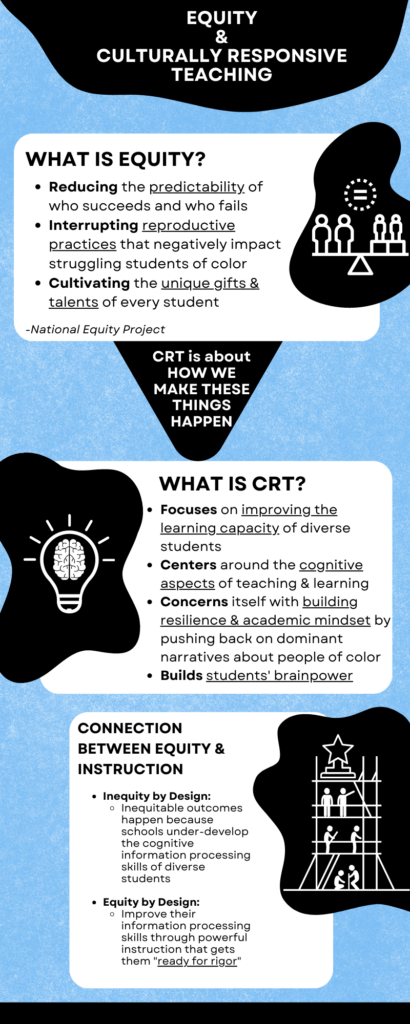
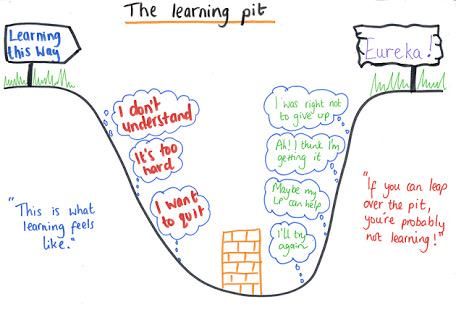

Building Rapport is Foundational
- Reframe the teacher-student relationship around trust
- Set the stage for “relaxed alertness”
- Recognize students will NOT risk failure (necessary to learn) unless they feel safe and trust the one leading them to the edge of their own learning
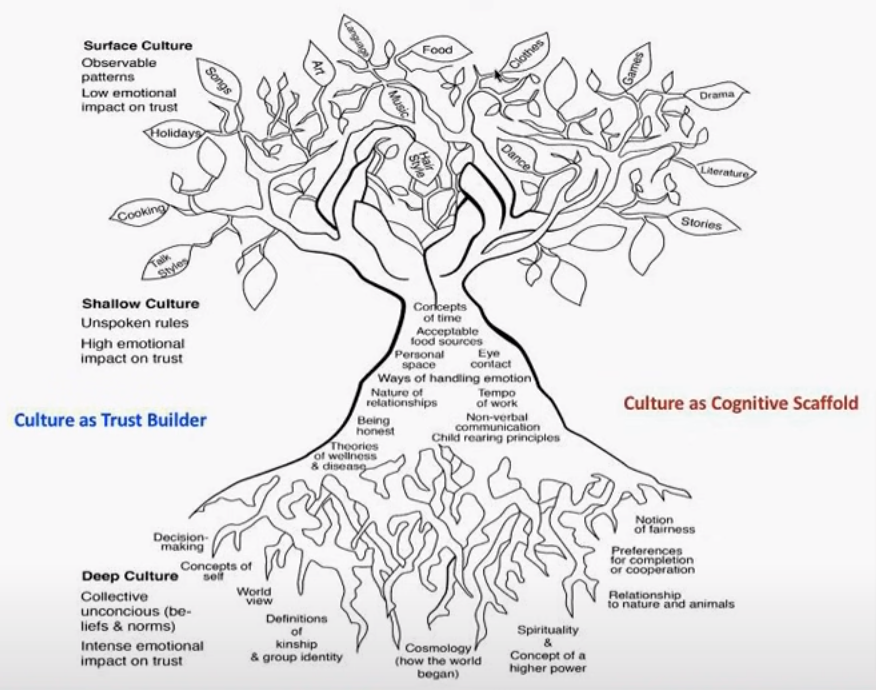
In fact, when incorporating CRT, we don’t even have to talk about race, ethnicity, culture, etc.

As educators in an individualistic culture, it is our responsibility to incorporate collectivism in the learning environment, so that all of our students feel a sense of belonging and are better equipped cognitively to learn.
Collectivist practices benefit all learners – even those whose native culture is predominantly individualist.
Building an Alliance (between teachers & students) Is the Reason for the Relationship
- students need both care & push from the teacher(s)
- teachers use the trust developed during the rapport stage as fuel
- RESULT = students give you permission to push
Socio-Cognitive Norms for Learners
- Errors are information, NOT confirmation of low intelligence
- Answers are important, but NOT only the content counts
- Pay attention to HOW you are processing the information to arrive at the answers
- Use non-linguistic representations to think (think with pictures, symbols, etc.)
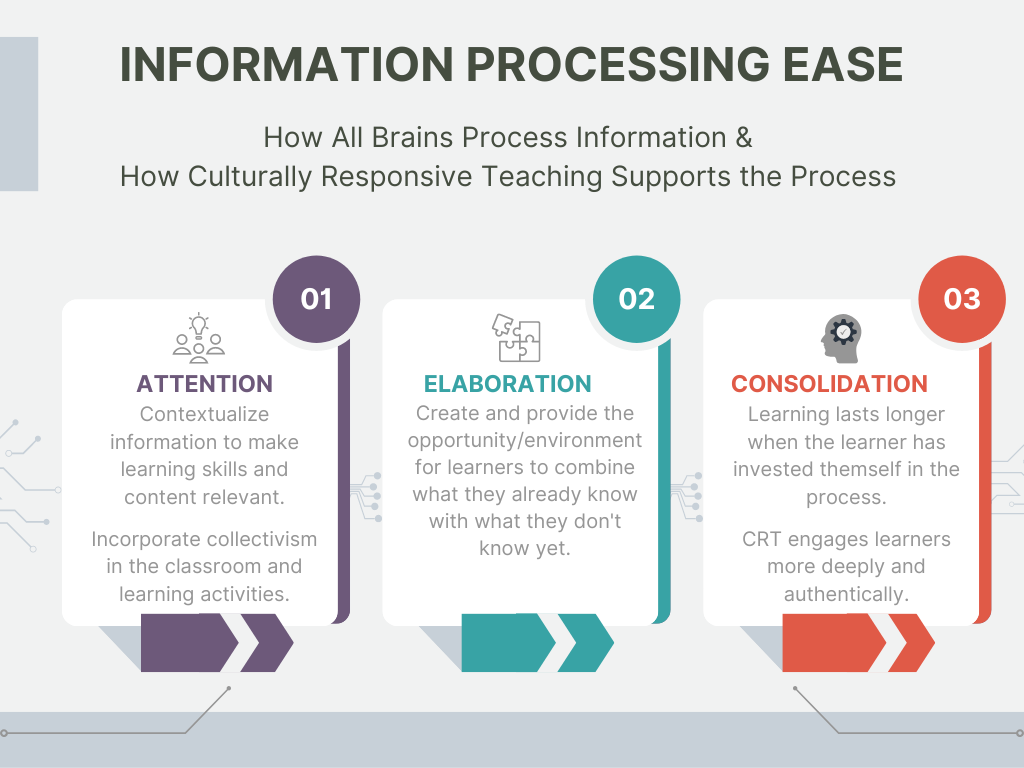
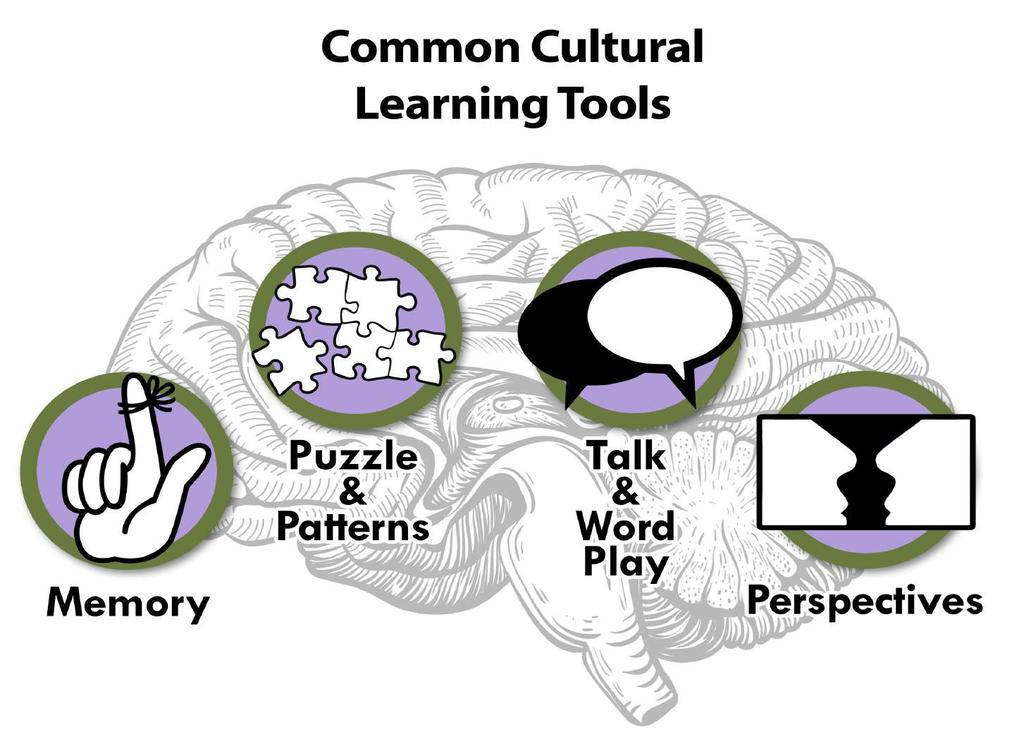
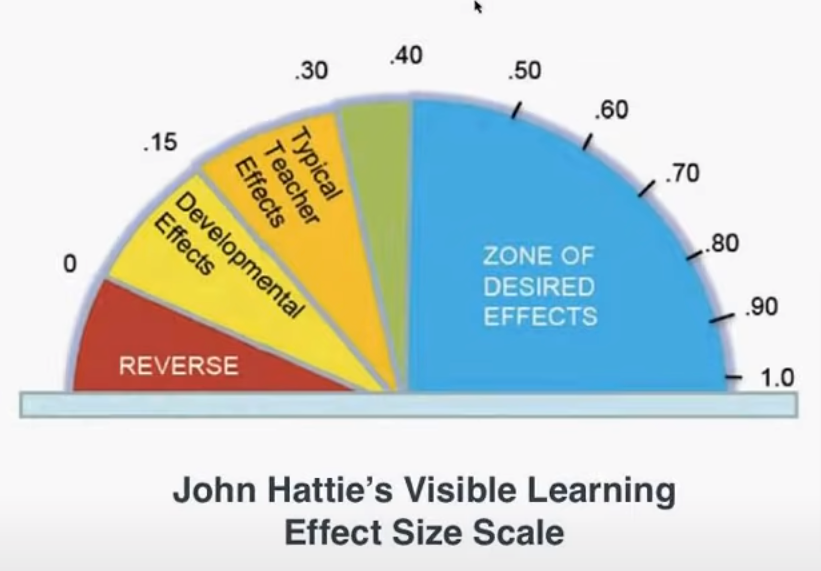
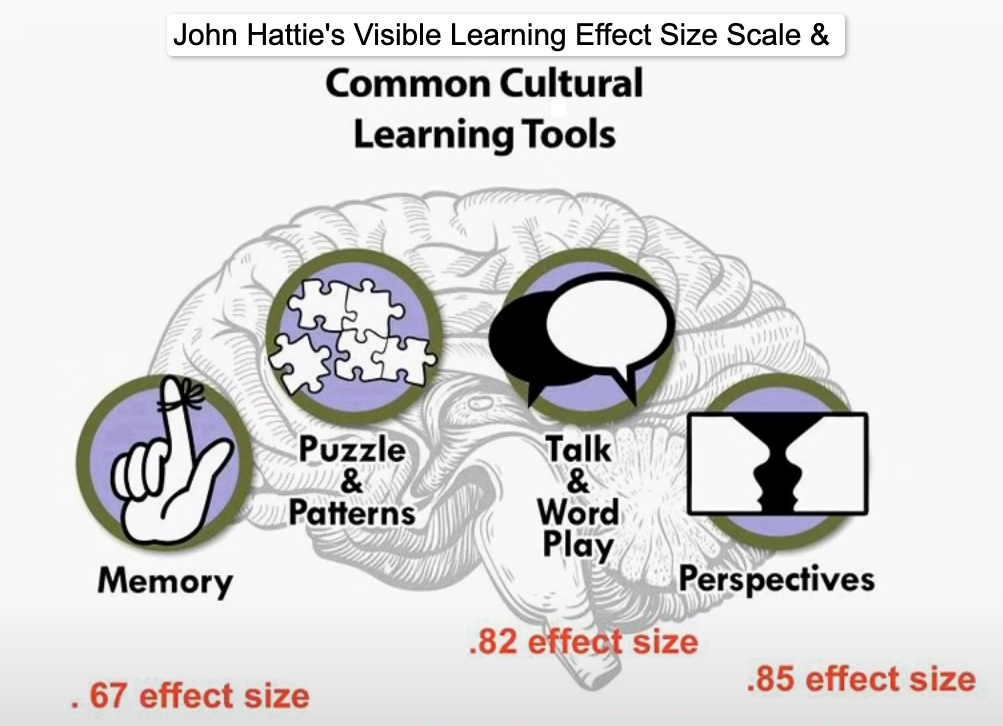
Engagement that leads to deeper learning (into the Zone of Proximal Development):
- requires grappling, figuring out
- is hands-on and/or group-oriented
- has to stretch the student
- has to create “gentle disequilibrium” between what the student can do and what they can’t do
- requires you to create challenge, puzzle, and ambiguity in order for the brain to grow and improve information processing > which equals engagement
TIPS
- Project-based learning (PBL) and maker spaces are examples of practices that incorporate all of these as well integrate collectivism and CRT into students’ learning environment











Responses